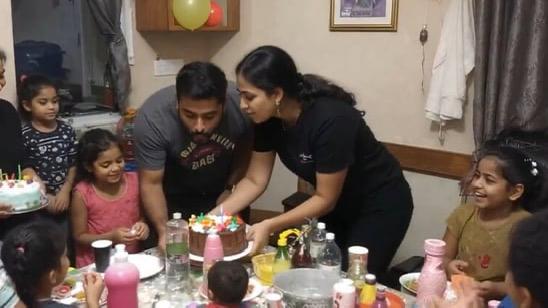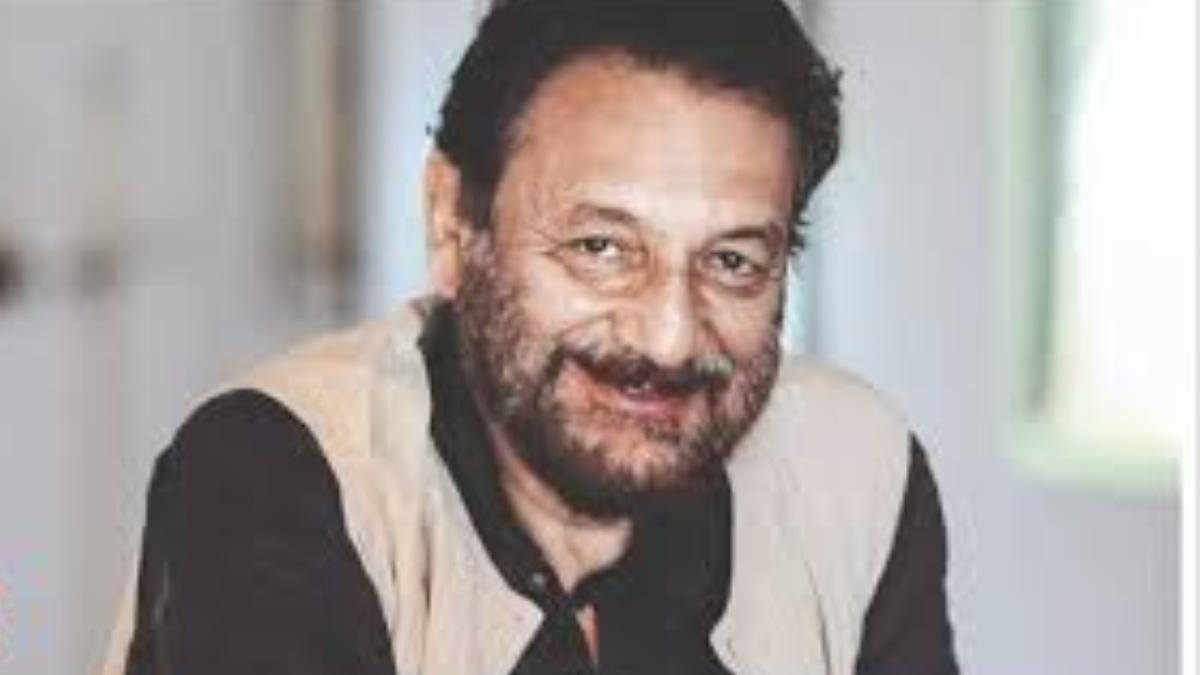 Image Source: Hindustan Times
Image Source: Hindustan Times
Key highlights
A viral video of what seems like a perfectly typical Indian family celebrating a child's birthday has stormed the internet—not for its touching content, but for its spine-tingling realism. On the surface, everything seems familiar: a messy dining table, kids clapping, a parent lighting candles, and an atmosphere of glee—scenes readily identifiable across Indian homes. But a closer look tells a different tale—the whole moment is AI-generated, not real at all.
Why This Video is Making Headlines
The clip was posted by venture capital partner Justine Moore and produced with Fofr's cutting-edge generative AI, a fusion of Flux Pro and Seedance models. In contrast to earlier AI videos with immediately recognizable, cinematic gloss, this one aims for replicated mediocrity: studiously reproducing the grain, lighting, and off-kilter angles of an antique handheld camcorder to make it more realistic.
The AI not only created photorealistic images but managed to produce nostalgia, emotional texture, and cultural "messiness." Online comments gushed over how the AI-generated scene felt even more "Indian" than reality itself, marveling at the technology's capacity to convincingly reproduce not only faces but collective lived experience.
Eerie Errors: The Tells That Reveal AI
Observers who analyzed the video revealed a number of discrepancies that betrayed its synthetic origins:
The woman's earrings don't match: one is a dangle, the other a stud.
A kid excitedly claps… apparently with only one hand.
A man seems to be blowing out candles, but the fire strangely intensifies afterward.
The words on a partygoer's T-shirt are gibberish—typical of today's AI.
A box beneath the cake disappears without cause during a shot.
These glitches—common in AI generative models—became the tip-off, transforming collective wonder into a stark reminder of just how indistinguishable machine-made memories can become.
Broader Implications The viral circulation of the video has initiated discussions about AI's increasing ability to produce hyperreal moments and emotional cues, with both fascination and concern about what the technology portends for media and memory. As AI improves at generating "mediocre" or banal visuals, the distinction between real and fake may soon become indistinguishable for even the most discerning eyes.
Sources: India Today, Hindustan Times
Advertisement
Advertisement






